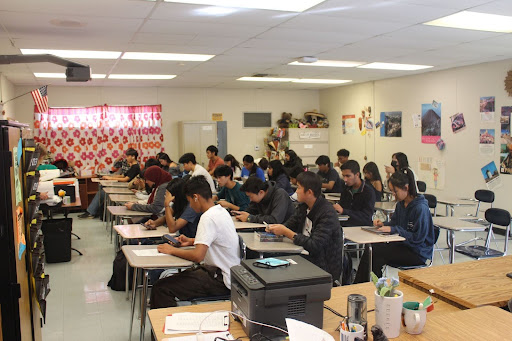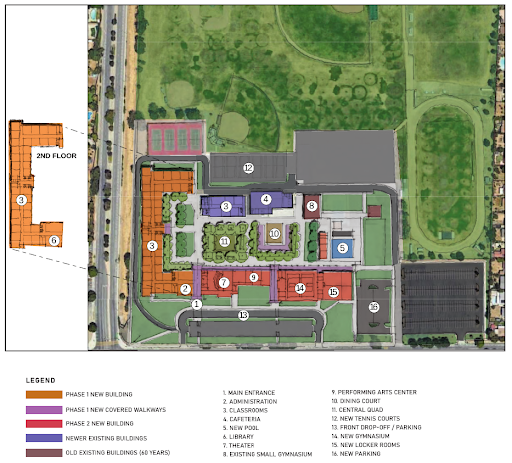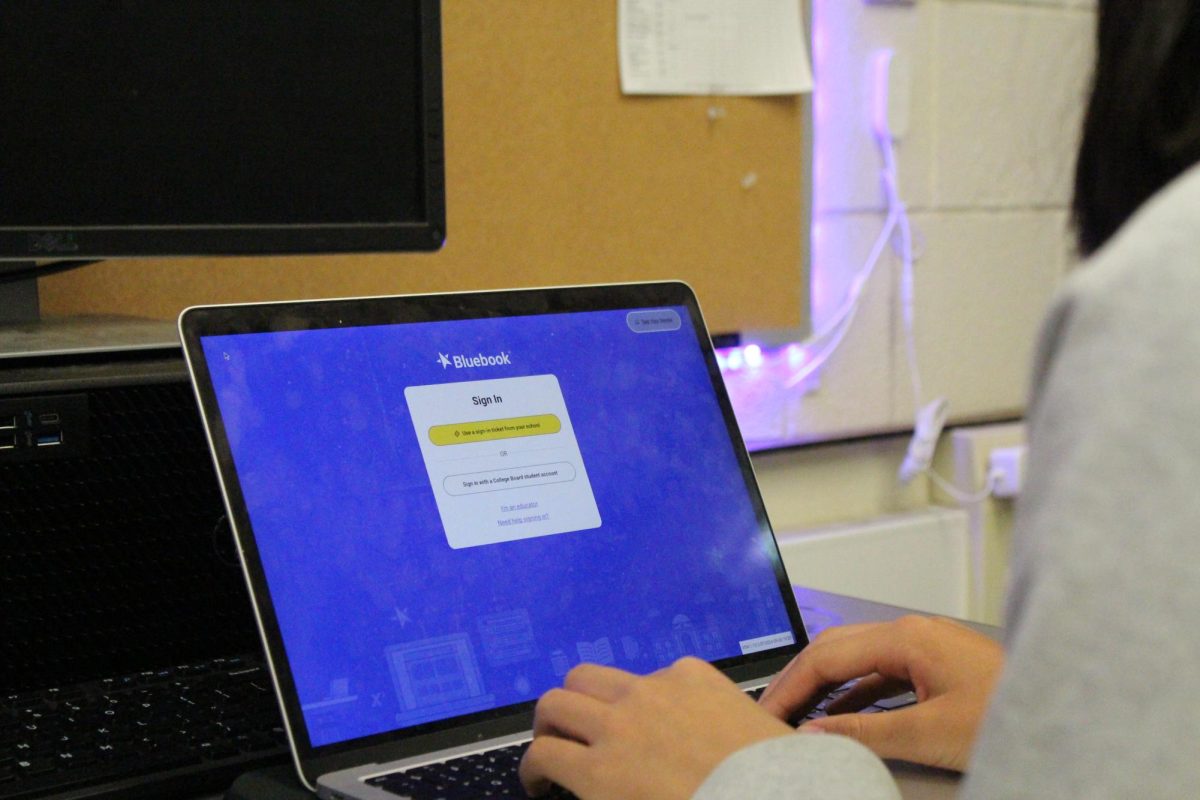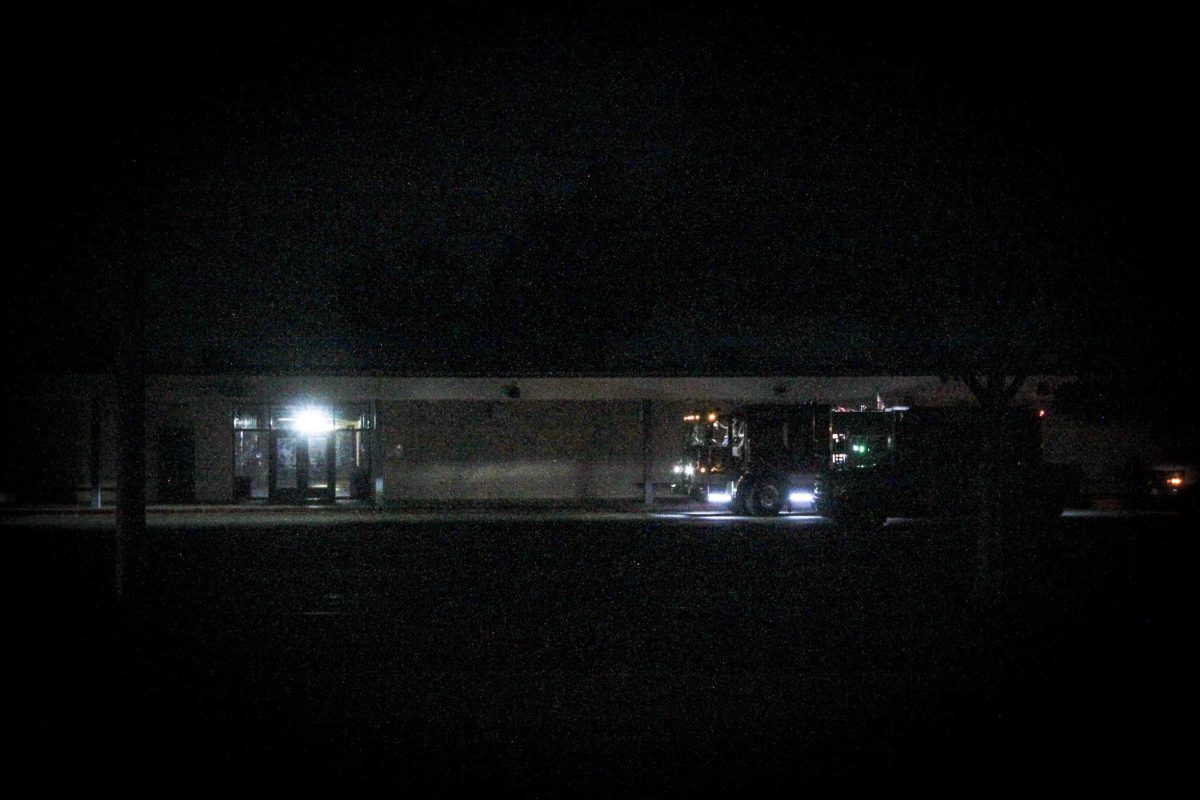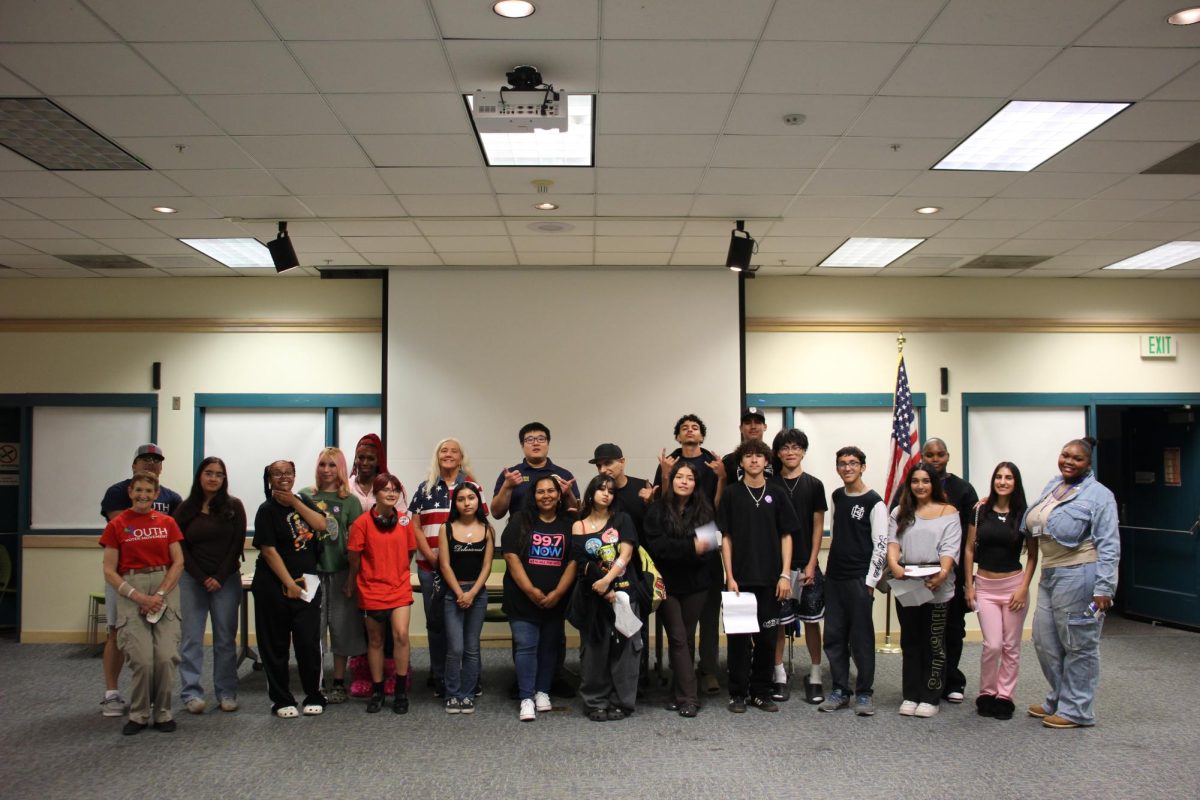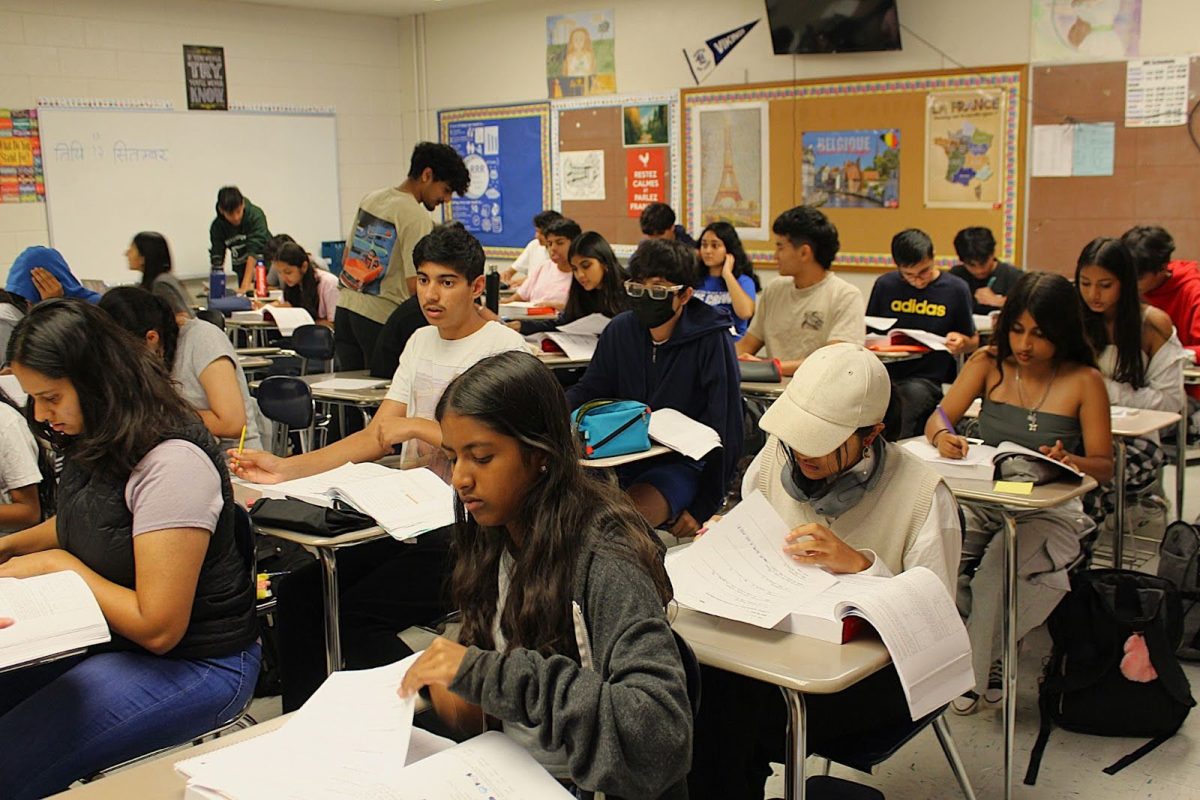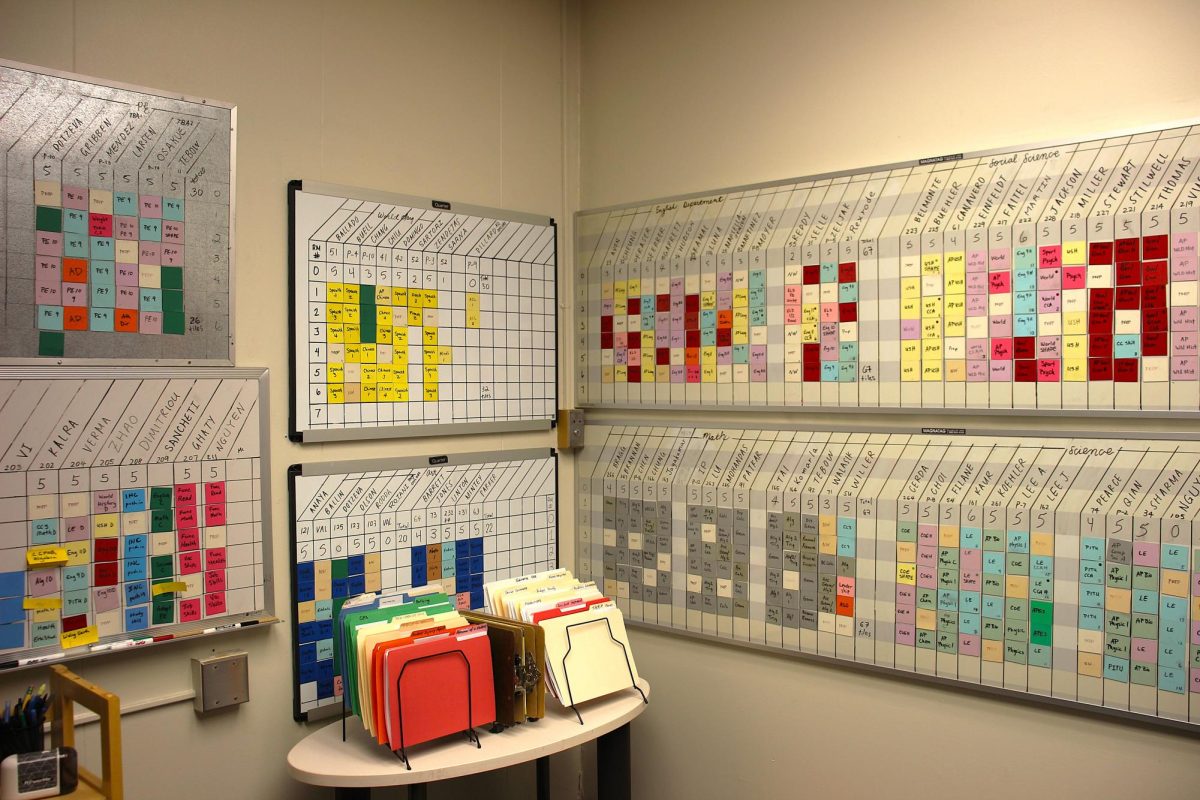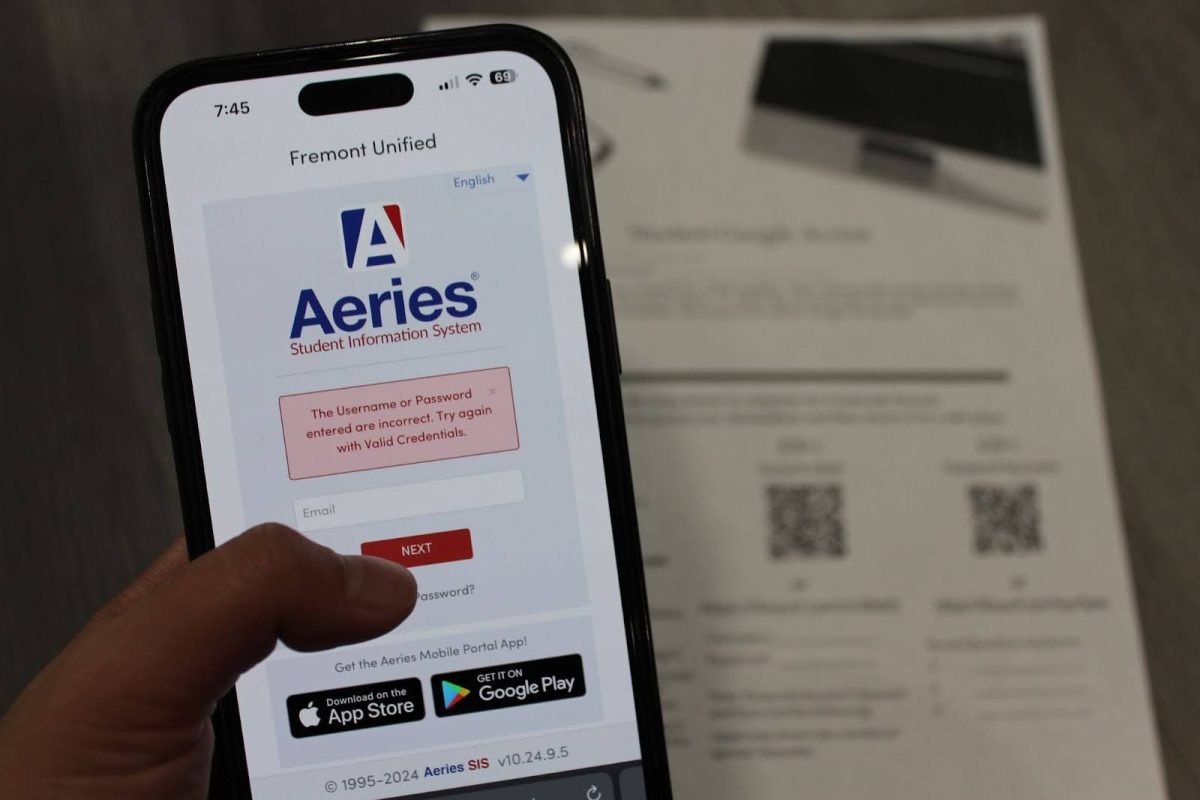By Srija Srinivasan | Humor Editor
On Thursday, Oct. 1, Irvington Girls in STEM club took a field trip down to the Berkeley Molecular Foundry Laboratory. While they were there, the club members were able to take a tour of some of the labs, including one of the world’s largest electron microscopes.
The members not only visited the areas where the specialized machines were held, but also observed scientists in the lab’s clean rooms. These rooms contained highly sensitive samples, requiring anyone who entered to wear full- body lab suits to prevent any particles from contaminating the samples.
While touring the laboratory, the club members learned about the basics of nanotechnology and the properties of substances that are smaller than light. After the tour, the students spoke with women who worked at the Foundry and discussed the potential applications of nanotechnology.
“It seems so unattainable,” said senior Oviya Sivasangary. “You hear about the Berkeley Molecular Foundry lab, and you don’t think that you could ever work there. But they’re people, and they’re normal too. Some of them went to community college and had to take Algebra 2. Some of them didn’t know what they wanted to be until they were in college.”
Through this field trip, Girls in STEM members were also able to explore their interests.
“I’ve always wanted to major in something related to biology and the people at the Foundry brought up lots of interesting topics that I think I would enjoy doing,” said freshman Sara Kaushik. “It gave me a lot of ideas about what I want to do.”
STEM club advisors Mr. Fung and Ms. McAuley were proud to see their club members display curiosity and take the time to learn about a field they were interested in.
“We explored a field of STEM that most of us didn’t know anything about” said McAuley. “Now I feel like the students are saying their eyes have been open to new perspectives, and they understand a lot of stuff they didn’t understand before. Humanity can’t move forward with science if we’re only using half of the population. In the movies they show one lone scientist discovering everything but in reality it’s a giant team of people getting together to work on a problem and make something really cool.”




